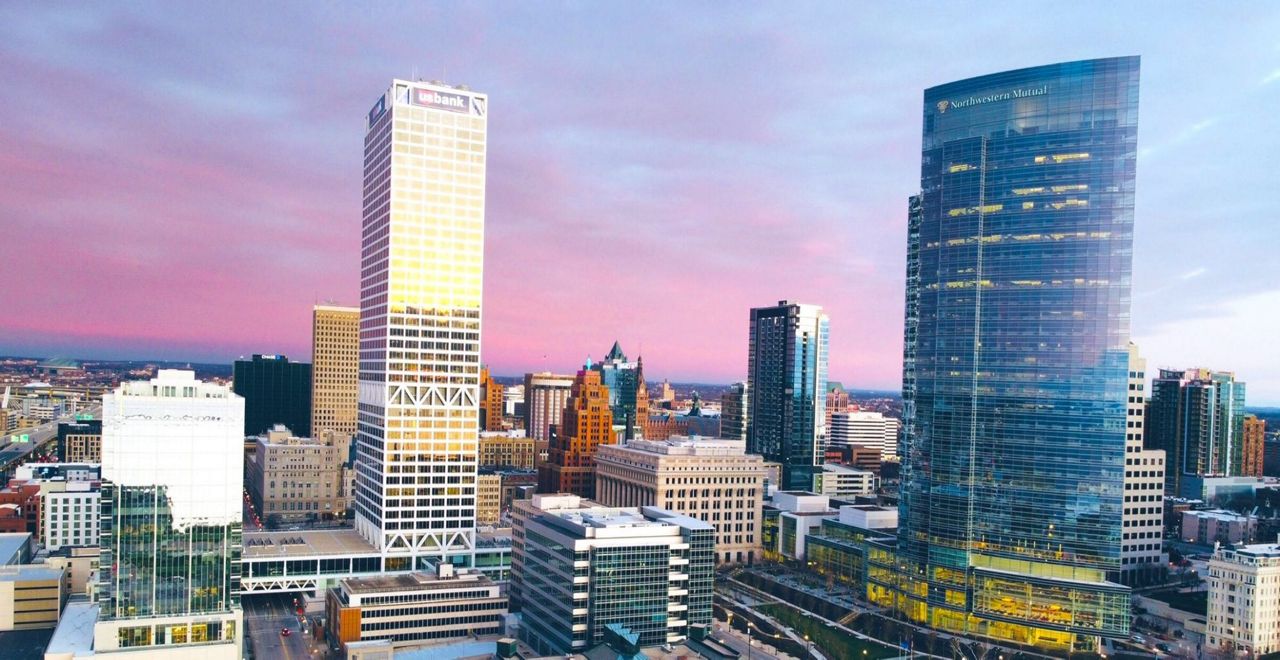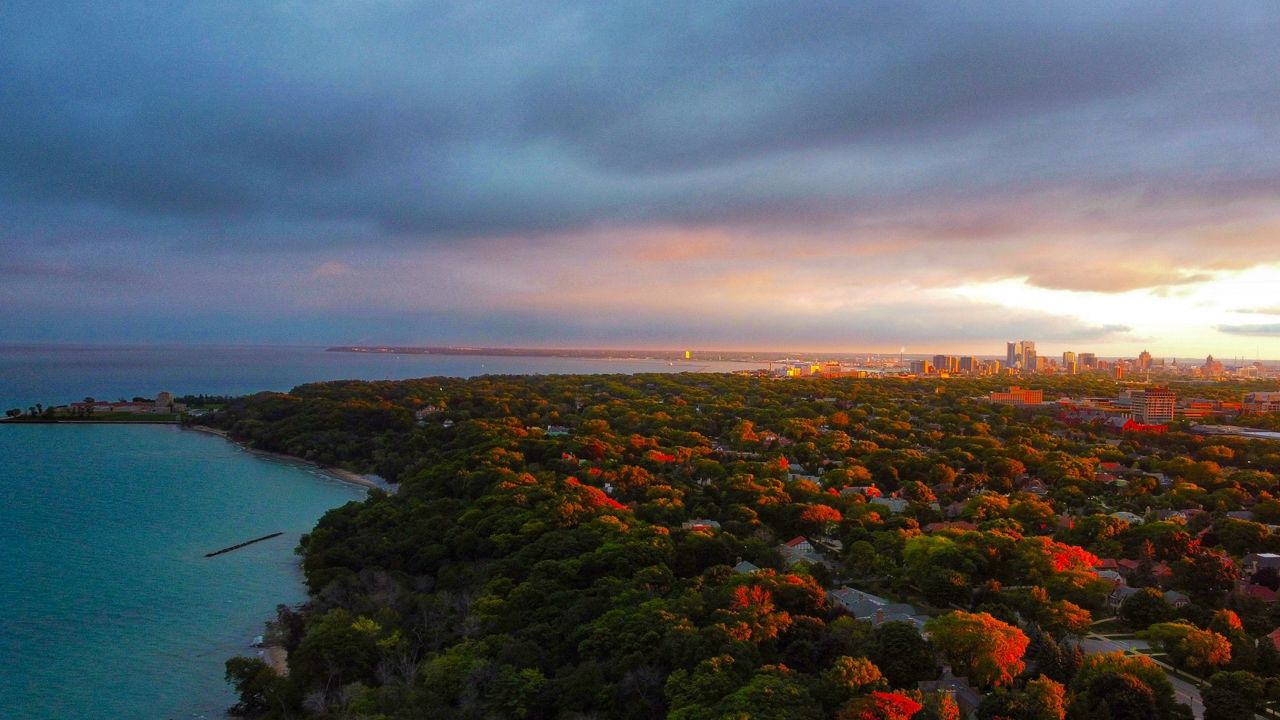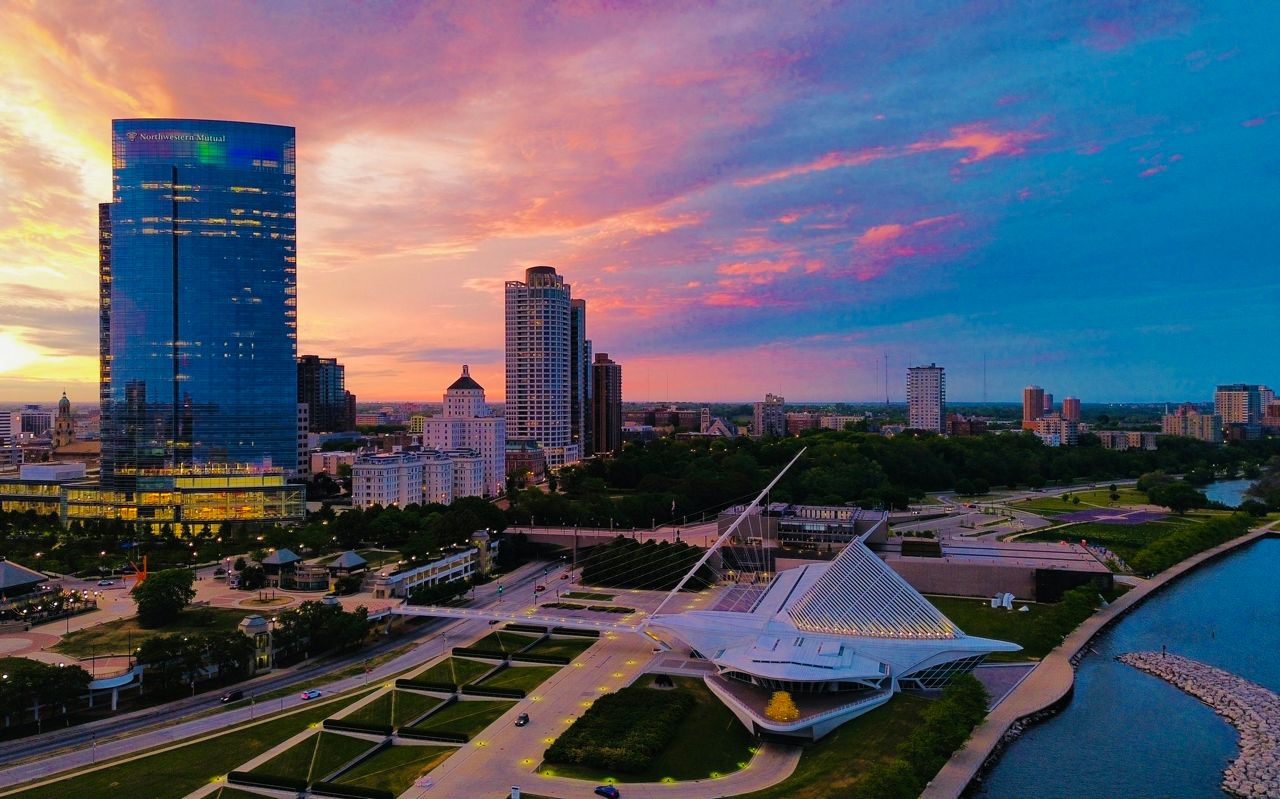Some of my favorite nature photos are those taken at sunrise and sunset. But how does one capture such vivid colors during these times? I checked in with photographer Steve Stango to get some photography tips on how to get the best sunrise/sunset picture.
(Photo by Steve Stango)
Before the magic
Some of the most important steps to take happen before you even step outside.
“Overall, planning ahead of time is vital for capturing good sunrise and sunset photos,” said Stango. “Determine ahead of time what you wish to photograph. Watch the weather forecast. [Clouds] can make or break your picture.”
So first step, have the proper equipment. Whether you are using your smartphone or a camera, make sure they’re fully charged before heading out. Also, load any additional equipment in your car so you don’t forget it (i.e. tripod, light kit, etc.).
Second, figure out what you want to incorporate into your photo. Do you want the sun to rise over a body of water? Would you want the sun to reflect off a building? Or do you want to focus on flowers in the foreground and the sunrise in the background? Knowing how you want to photograph a sunrise or sunset may help you better set-up your shot.
Finally, and my favorite part to the pre-photography process, watch your “Weather On The 1s” forecast. Is it going to be a gray and rainy sky? If that’s the case, you won’t be able to capture the sun. But if it’s partly to mostly cloudy, that addition of clouds in the sky could really make your final picture pop!

(Photo by Steve Stango)
Let’s get down to business
It’s always good to get to your location earlier rather than later. According to Stango, a common mistake people make is showing up too late.
“I think they arrive too late to fully appreciate it,” said Stango. “Seen this numerous times over the years. The sky changes so much in color and cloud coverage very quickly.”
I can vouch for this. The wide array of colors you can witness leading up to a sunrise or sunset is incredible.
Stango suggests arriving 30-60 minutes prior to a sunrise or sunset, referred to as the ‘golden hour’.
“This time period provides perfect lighting in capturing stunning photos,” said Stango.
All in all, don’t be afraid to take too many pictures. More pictures will ensure you don’t miss the most vibrant part of a sunrise or sunset.
And a little advice I’d love to give: enjoy the moment. Sure, you’re there with a purpose to photograph a sunrise or sunset, but also take a second to take in all those colors and the beauty of nature.

(Photo by Steve Stango)
One last tip
When planning your photography session, take into consideration what time of year it is.
“Remember the sun rises and sets in different times of the year,” said Stango.
If you’d like to know what weather conditions lead to a more interesting sunrise or sunrise, find out in this blog. And if you’d like to learn more about the science behind a sunrise or sunset, check out my story from back in 2020.
Our team of meteorologists dives deep into the science of weather and breaks down timely weather data and information. To view more weather and climate stories, check out our weather blogs section.

